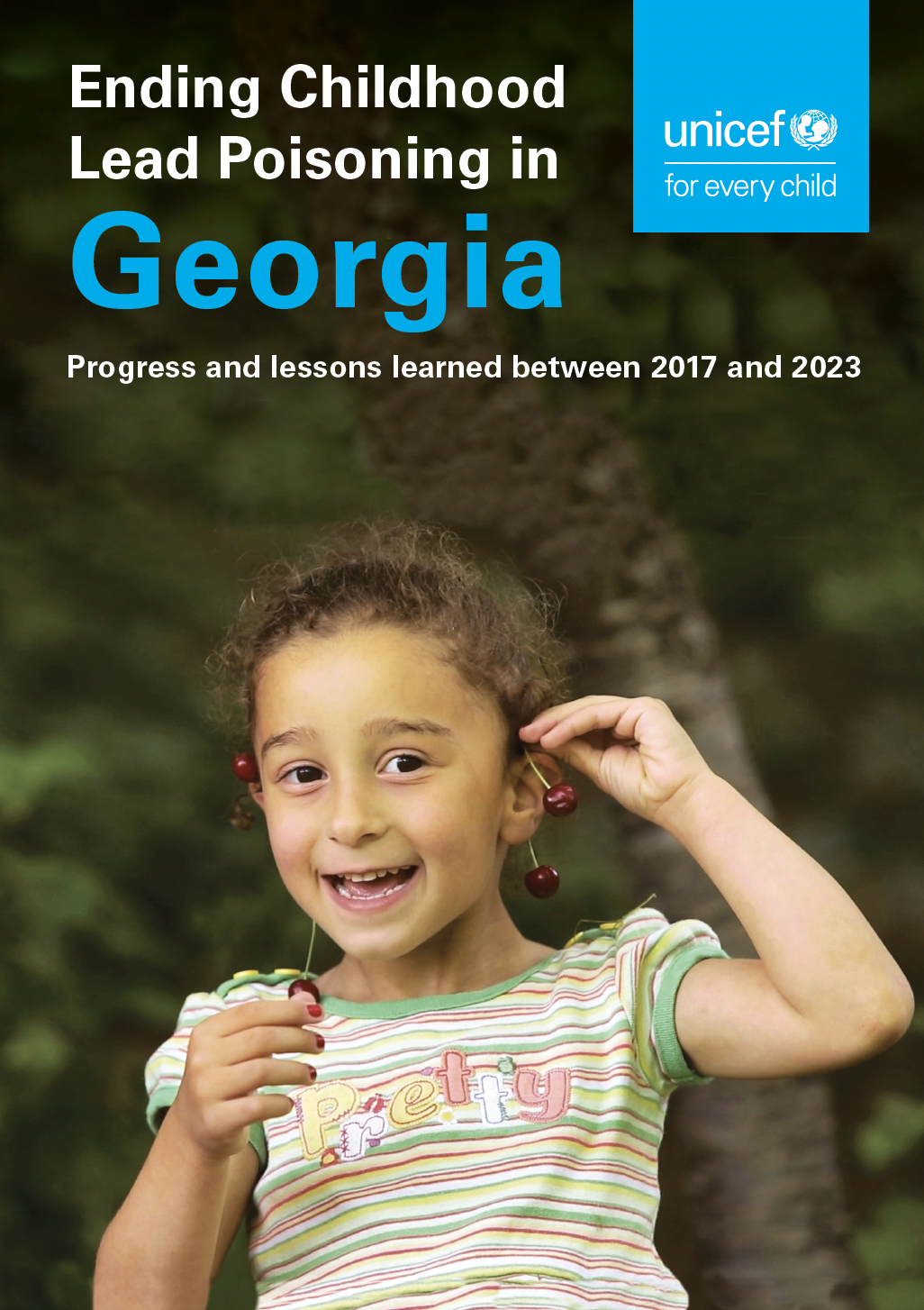Ending Childhood Lead Poisoning in Georgia: Progress and lessons learned between 2017 and 2023
The Government of Georgia and the UNICEF Multiple Indicator Cluster Survey (MICS) revealed in 2018 that 41 per cent of children in Georgia had elevated blood lead levels (BLLs). The Government responded decisively by taking immediate actions to address the problem and is following through by implementing a sustainable long-term strategy to assess the situation. Over the last five years, Georgia has significantly upgraded its institutional capabilities, laboratory and surveillance capacity, front line services, regulatory action, enforcement and accountability mechanisms. The Government continues its efforts to identify the exact sources of lead exposure, based on numerous assessments of the potential sources of lead exposure in children.
This case study captures the story to date, documents the key factors contributing to the successes, and provides some lessons learned on how countries can assess and take targeted action to ensure lasting results.
